Kaito: Revolutionizing Web3 Information Access – Pros, Cons, and Its Impact on the Web3 Space
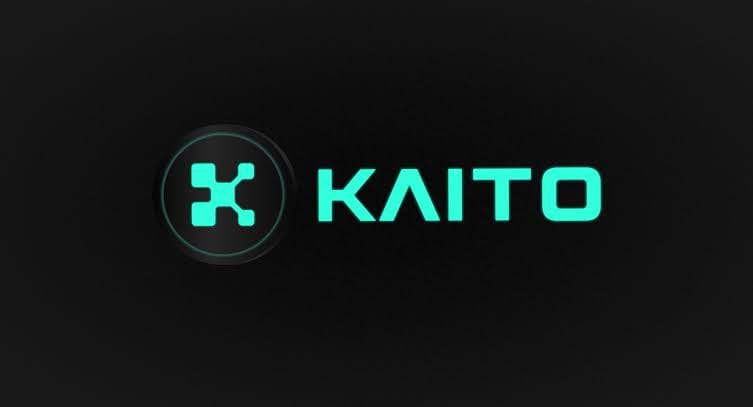
In the rapidly evolving world of Web3, where decentralized technologies, blockchain, and cryptocurrencies converge, accessing reliable and actionable information is a significant challenge. Kaito, an AI-powered Web3 information platform founded in 2022 by former Citadel quantitative trader Yu Hu, aims to address this issue by aggregating, analyzing, and delivering insights from thousands of Web3 sources. With $10.8 million raised in funding from prominent investors like Dragonfly Capital and Sequoia Capital China, Kaito has garnered attention for its innovative approach to solving information fragmentation in the crypto space. This article explores Kaito’s features, its pros and cons, and its broader impact on the Web3 ecosystem.
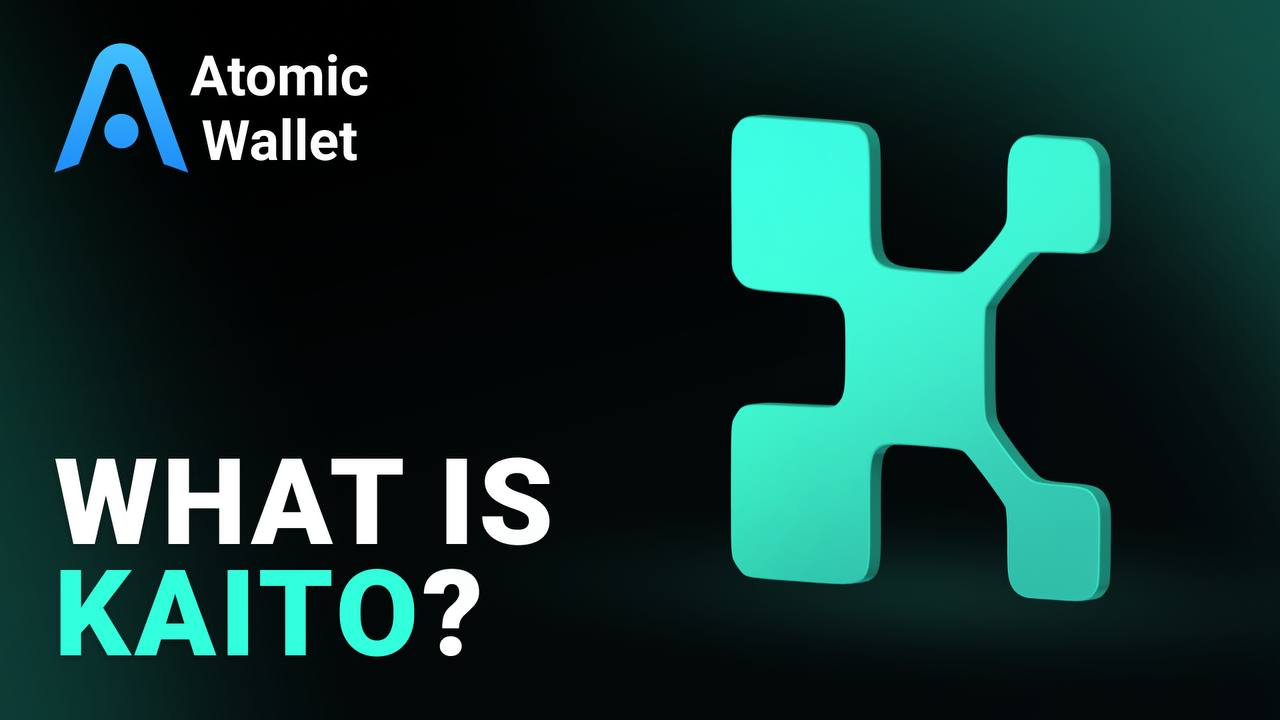

What is Kaito?
Kaito is a next-generation Web3 search and analytics platform that leverages advanced artificial intelligence (AI), including large language models (LLMs), to index and process data from diverse sources such as social media (e.g., X and Discord), governance forums, research papers, podcasts, news articles, and conference transcripts. Unlike traditional search engines like Google, which struggle to parse the nuanced and decentralized nature of Web3 content, Kaito is purpose-built for the crypto ecosystem. Its core offerings include:
- Kaito Pro: A data consolidation tool providing real-time analytics, sentiment tracking, and actionable insights for traders, investors, and developers.
- kaito yaps: A tokenized attention model that rewards users with “Yap Points” for sharing high-quality crypto-related content on X, fostering community engagement and potentially leading to airdrop rewards.
- Kaito Connect: An AI-powered InfoFi (Information Finance) network designed to distribute attention and capital transparently, connecting creators, users, and brands in a decentralized ecosystem.
- KAITO Token: Deployed on the Base blockchain (an Ethereum Layer-2), the KAITO token powers governance, staking, and platform services, with 56.67% allocated to the community and ecosystem.
Kaito’s mission is to democratize access to Web3 information, making it easier for retail users, institutional clients, and developers to navigate the complex crypto landscape. Its features, such as MetaSearch, Sentiment Analytics, and AI-driven clustering, aim to transform scattered data into concise, actionable insights.
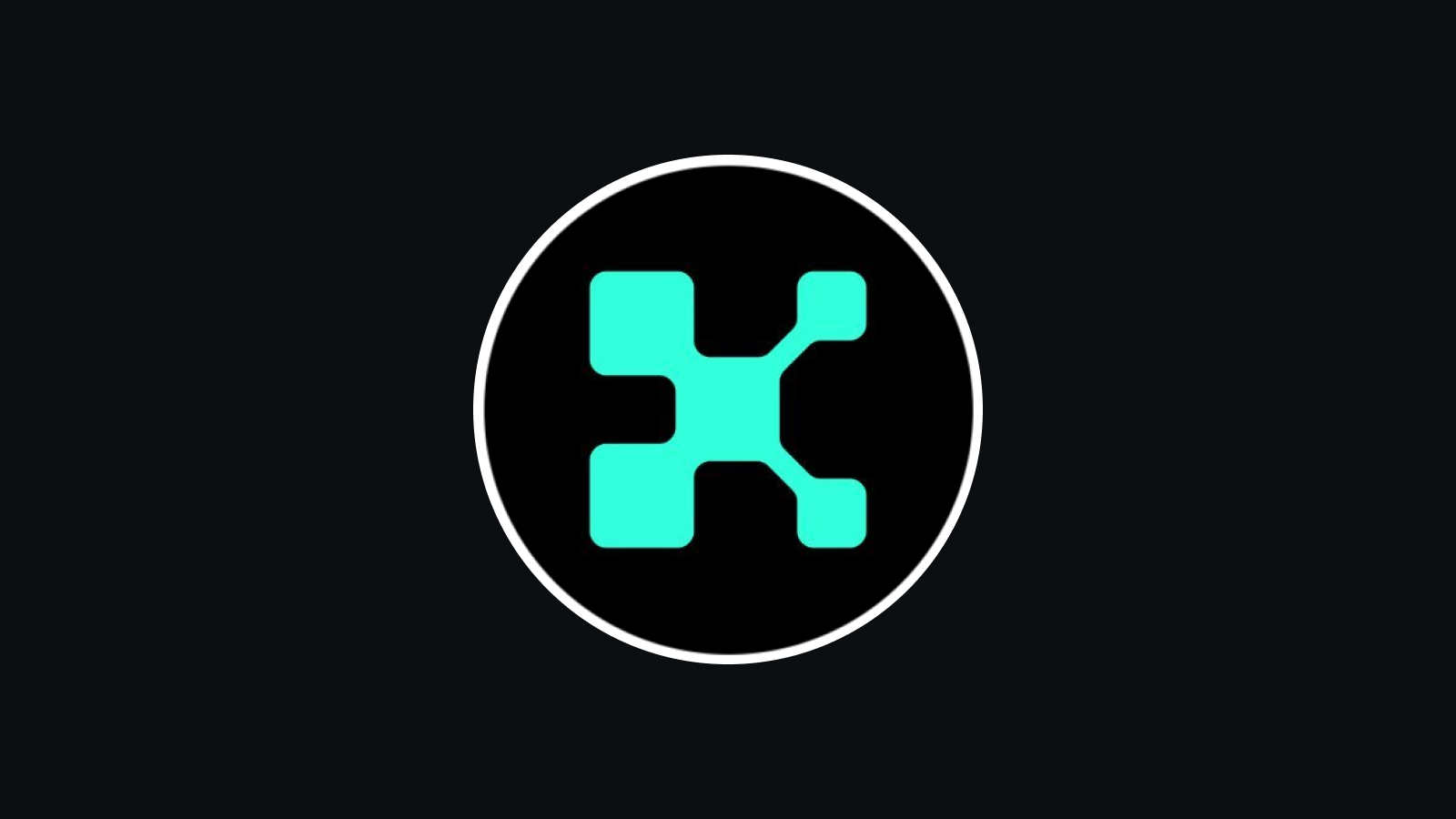
Pros of Kaito in the Web3 Space
- Addressing Information Fragmentation
The Web3 ecosystem is notorious for its scattered data, spread across platforms like X, Discord, and niche forums. Kaito’s AI-powered search engine indexes thousands of premium sources, providing users with instant, noise-free insights. This reduces the time and effort required for research, empowering investors, traders, and developers to make informed decisions. For example, Kaito’s ability to summarize market sentiment or track emerging trends like Solana NFT sentiment offers a significant advantage in a fast-paced market.
2. Community Engagement Through Yaps
Kaito’s Yap-to-Earn program incentivizes users to share valuable content on X, rewarding them with Yap Points that reflect their influence and contribution. This system not only fosters community participation but also creates a leaderboard of trusted voices, helping users identify reputable creators. The potential for airdrops tied to Yap Points has further driven engagement, with projects like Berachain and AnimeCoin rewarding top contributors.
3. Decentralized InfoFi Model
Kaito’s vision of Information Finance (InfoFi) introduces a transparent, decentralized framework for distributing attention and capital. Through Kaito Connect, users can vote on projects using Yap Points, and top-voted projects gain visibility on the Kaito Mindshare dashboard. This model aligns with Web3’s ethos of decentralization, reducing reliance on centralized gatekeepers and promoting fairness for creators and users.
4. Robust AI and Analytics
Kaito’s use of LLMs, natural language processing (NLP), and proprietary ranking algorithms sets it apart from competitors. Its hybrid search system combines semantic search with structured queries, delivering precise results tailored to user intent. Features like Sentiment Trackers and AI-driven clustering help users uncover hidden trends and patterns, making Kaito a powerful tool for both retail and institutional users.
5. Strategic Partnerships and Backing
Backed by heavy-hitting venture capital firms like Dragonfly, Sequoia Capital China, and the Spartan Group, Kaito has the financial and strategic support to scale. Its partnership with Humanity Protocol to issue “Yapper Credentials” enhances trust and identity verification in Web3, addressing issues like sybil attacks and fake accounts. These collaborations position Kaito as a leader in the evolving Web3 landscape.
Cons of Kaito in the Web3 Space
1. Steep Learning Curve and Accessibility
Kaito’s advanced features and complex interface may overwhelm beginners. While its analytics are powerful, the platform’s functionality requires a level of familiarity with Web3 concepts, which could deter new users. Additionally, its premium subscription model, reportedly costing nearly $1,000 per month for some services, may limit accessibility for retail investors.
2. Airdrop and Token Distribution Controversies
Kaito’s KAITO token airdrop sparked criticism for favoring influencers with large followings, leading to perceptions of unfairness. Some community members felt that “whales” who received significant token allocations sold off their holdings immediately, causing price volatility and speculation about insider trading. This has raised questions about Kaito’s commitment to equitable distribution and community trust.
3. Risk of Token Devaluation
Like many Web3 projects, Kaito’s token-based reward system carries risks. Historical examples, such as Steemit and Friend.Tech, show that token depreciation can lead to user exodus if rewards lose value. Kaito must maintain demand for the KAITO token outside its ecosystem to avoid similar pitfalls, a challenge given the competitive Web3 space.
4. Regulatory and Scalability Challenges
Operating in the crypto sector, Kaito faces potential regulatory hurdles that could impact user trust or platform operations. Additionally, as demand grows, Kaito must scale its infrastructure to handle large volumes of data and users, which could strain resources and affect performance.
5. Competition in a Crowded Market
The Web3 analytics space is becoming increasingly competitive, with platforms like The Graph offering similar data aggregation services. Kaito must continuously innovate to maintain its edge, particularly as competitors develop their own AI-driven tools. Differentiation through unique features and user experience will be critical.
Kaito’s Impact on the Web3 Ecosystem
Kaito’s emergence as a trailblazer in Web3 information access has significant implications for the broader ecosystem:
- Empowering Informed Decision-Making: By providing real-time, AI-driven insights, Kaito levels the playing field for retail and institutional users, reducing the information asymmetry that often plagues crypto markets.
- Fostering Community Trust: The Yaps system and partnerships like Humanity Protocol enhance trust by rewarding authentic contributions and verifying identities, addressing issues like bots and spam that plagued earlier InfoFi models.
- Driving InfoFi Innovation: Kaito’s decentralized InfoFi model could set a precedent for how attention and capital are distributed in Web3, potentially inspiring new monetization models for content creators and platforms.
- Challenges to Sustainability: Kaito’s reliance on token incentives and premium subscriptions raises questions about long-term sustainability, particularly if market conditions or user sentiment shift.
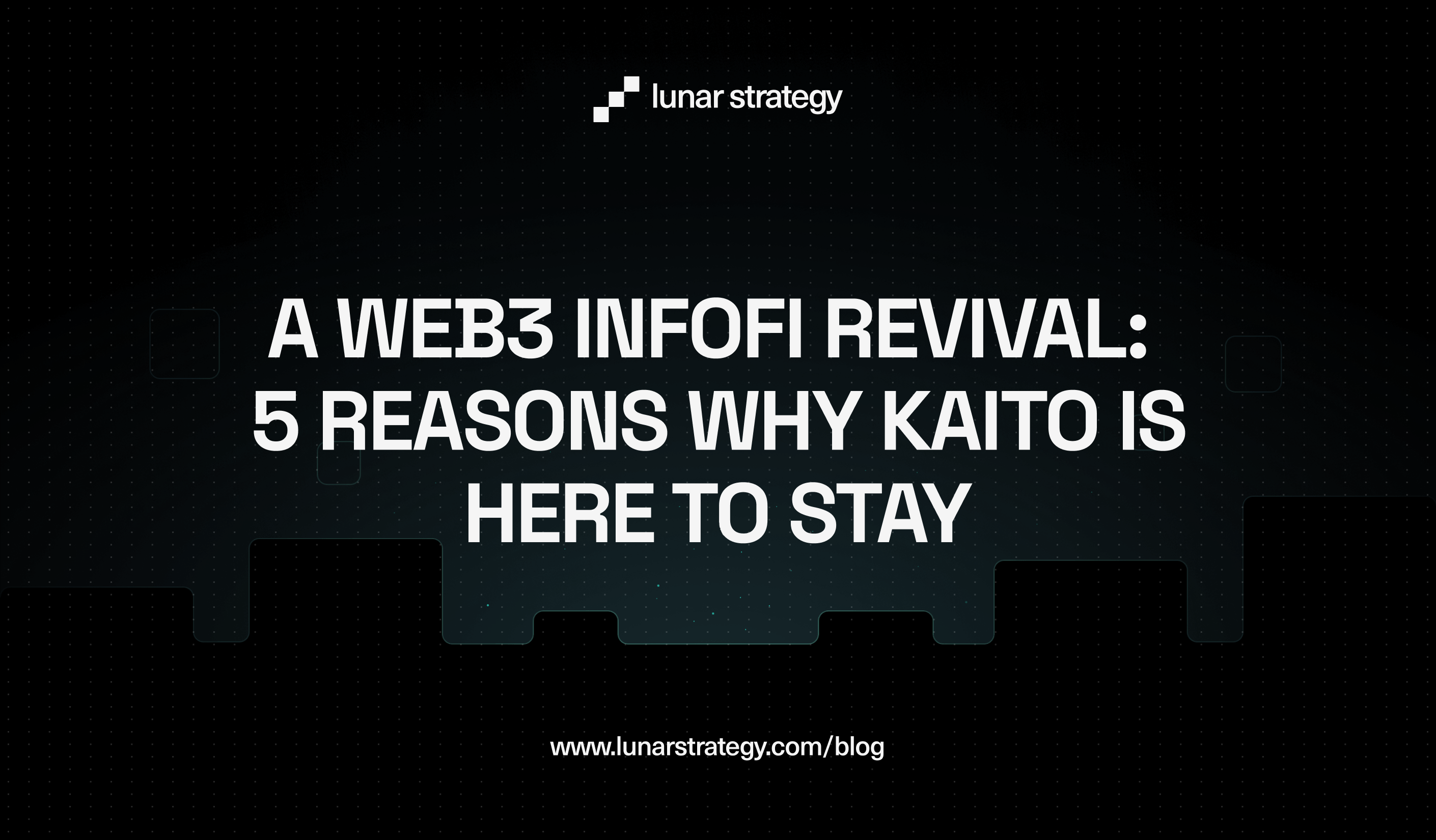
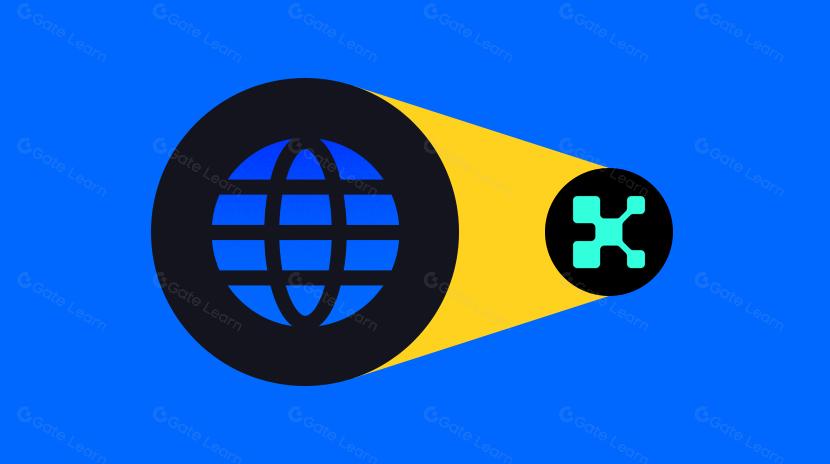

Conclusion
Kaito represents a bold step toward solving the information fragmentation problem in Web3, offering powerful AI-driven tools and a decentralized InfoFi model that empower users and creators. Its strengths—robust analytics, community engagement, and strategic backing—position it as a leader in the space. However, challenges like accessibility, token distribution controversies, and regulatory risks highlight areas for improvement.As the Web3 ecosystem continues to mature, Kaito’s approach to information access and community engagement could shape the future of how we interact with decentralized technologies.

Learn with mitosis
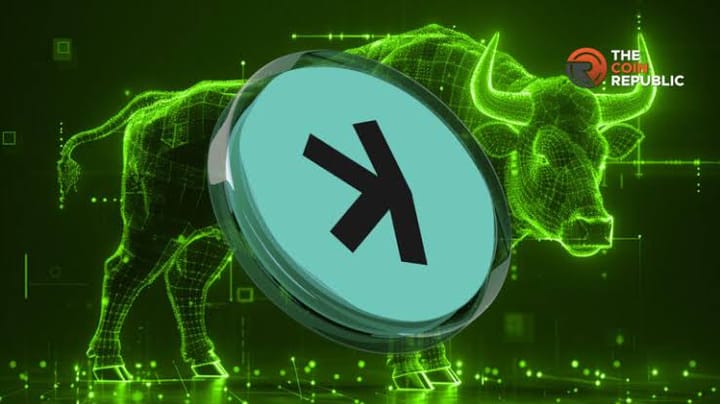













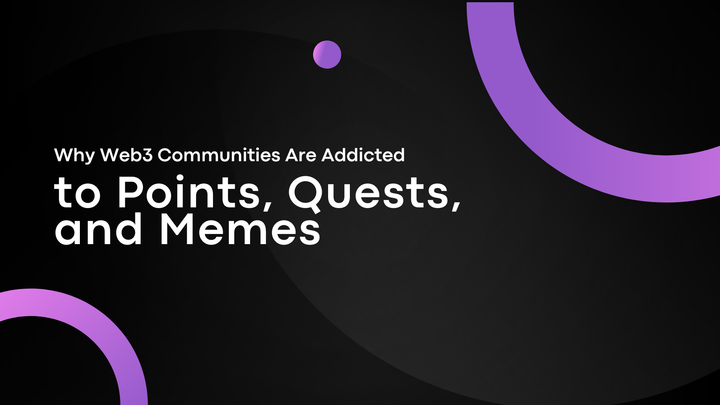
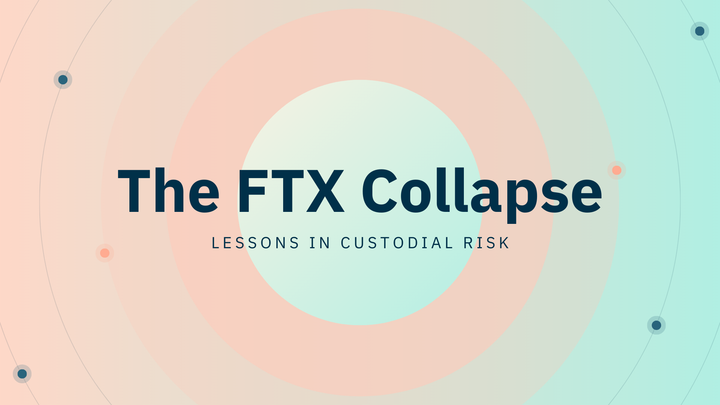
Comments ()